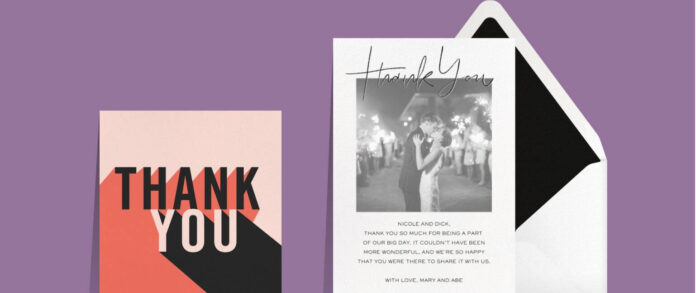
In an era of instant messaging and emails, the humble thank you card has gone the way of the dodo. However, these tactile tokens of gratitude have not only withstood the test of time but have become more cherished in today’s digital age.
Why is that? And why should you consider using them more often? This blog will go through the timeless art of thank you cards, as this gives so much more than just a greeting card.
The History of Saying Thanks
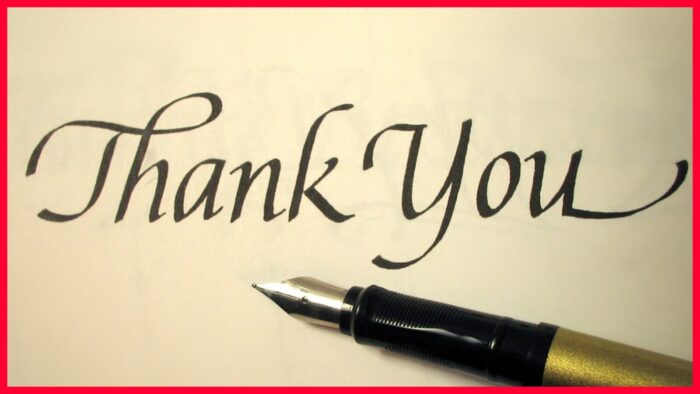
The tradition of giving thanks is as old as civilization itself. Ancient cultures practiced expressing gratitude through different means, whether orally, in written form, or through gifts. The thank you card as we know it has its roots in ancient China and Egypt, where messages of goodwill were exchanged on papyrus.
Fast forward to the 1400s in Europe, and we find the earliest versions of our modern greeting cards, evolving into the intricate and artful designs of the Victorian age.
The Power of Personal Touch
Thank you cards stand out because of their personal touch. While a text or an email can be sent in a split second, a card requires thought.
From selecting the card that best reflects your sentiment to penning down your feelings to posting or handing it over – every step involves a deliberate effort. This process conveys a straightforward message to the recipient: “You matter to me.”
In a world where digital communication often feels transactional and impersonal, sending a physical card demonstrates a level of care and consideration that is increasingly rare. It’s not just the words on the card that matter; it’s the effort and time invested in choosing, writing, and delivering it.
Thank You Cards in the Digital Age
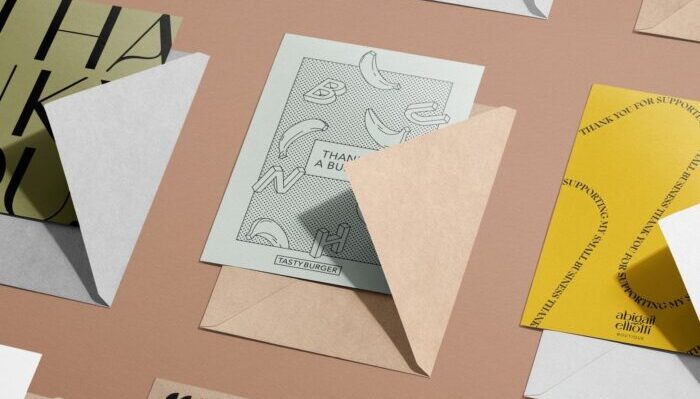
Now, more than ever, as our inboxes are inundated with promotional emails and our phones buzz with countless notifications, receiving a handwritten note is akin to finding an oasis in a desert.
It’s a break from the screen, a tangible piece of appreciation that can be held, displayed, and revisited. In a world drowning in digital noise, a thank you card is a quiet, meaningful gesture that can speak volumes.
Moreover, with the myriad of design platforms available today, you can customize your thank you cards to suit the occasion or the recipient’s personality, making them all the more special.
Whether you choose a card adorned with beautiful artwork, a witty cartoon, or a simple, elegant design, you can convey your gratitude in a way that resonates with you and the recipient.
When to Send a Thank You Card
Knowing when to send a thank you card can elevate your appreciation game to the next level. Here are some occasions where a thank you card is not only appropriate but greatly appreciated:
After Receiving a Gift
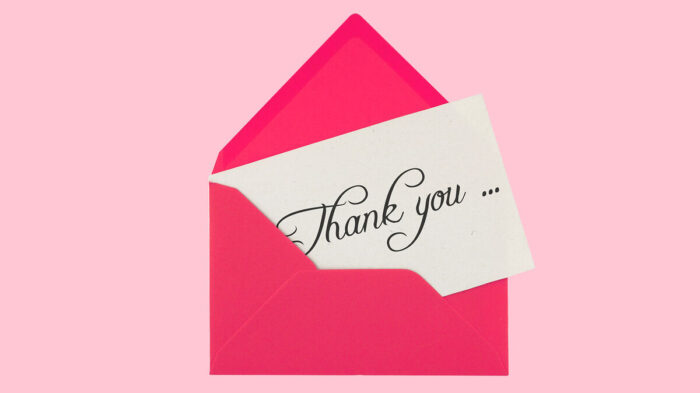
This is the most common reason. Be it a wedding, birthday, or any other celebration, if someone has chosen a gift for you, take a moment to acknowledge their gesture. A thank you card shows your gratitude and reinforces the connection between you and the giver.
After a Job Interview
This might sound old-fashioned, but sending a thank you card post an interview can set you apart from other candidates. It shows your potential employer your attention to detail and appreciation for the opportunity to be considered for the position. This extra step can make a significant difference in a competitive job market.
After Being Hosted
If someone has had you over for dinner or an event, or if you’ve stayed at someone’s home, a thank you card is a classy way to express your appreciation. It acknowledges the effort and hospitality extended to you and can strengthen your relationship with your host.
Just Because
Sometimes, you don’t need a reason. Maybe you just want to let someone know you’re thinking of them. Unexpected thank you cards can brighten someone’s day and remind them they are valued, even without a specific occasion.
Tips for Writing a Thank You Card
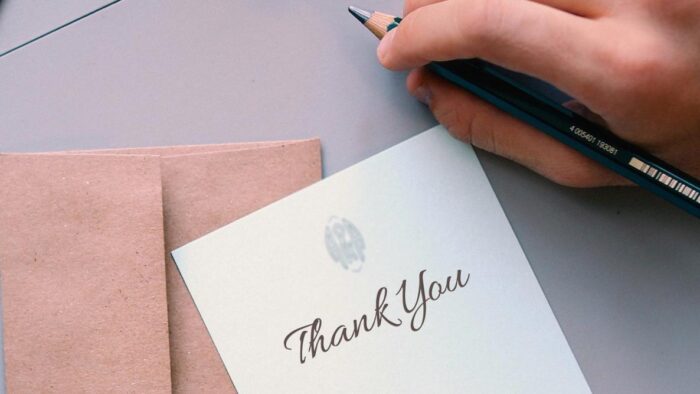
While sending a thank you card is thoughtful, the words you choose to include can make it even more meaningful. Here are some tips for crafting a heartfelt thank-you message:
Be Genuine
This isn’t a formality; it’s an expression of gratitude. So, speak from the heart. Let the recipient know why you genuinely appreciate their actions or kindness.
Be Specific
Instead of a generic “Thank you for the gift,” you might say, “Thank you for the beautiful scarf. I wore it yesterday and received so many compliments!” Specificity shows that you’ve paid attention and highlights the impact of the gesture.
Personalize It
Use the recipient’s name and make references that only the two of you would understand. This personal touch shows that you’ve taken the time to make the card unique and special for them.
Look at the Bigger Picture
Sometimes, it’s not just about the material gift. You may thank them for their time, presence, or support during a challenging phase. Expressing gratitude for intangible blessings like friendship, guidance, or emotional support can be as meaningful as thanking someone for a physical present.
The Environmental Concern
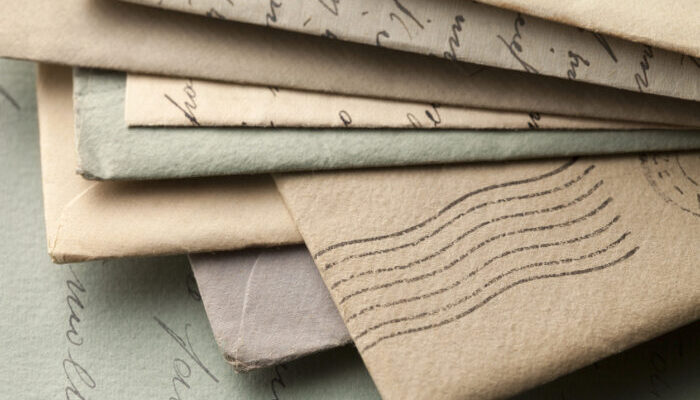
One valid concern today is the environmental impact of paper-based cards. It’s essential to be conscious of our ecological footprint, even when expressing gratitude. Fortunately, there are sustainable solutions:
Recycled Paper Cards
Many brands offer cards made from recycled paper or alternative sustainable materials. Choosing such cards can reduce the environmental impact of your thank-you notes.
DIY Cards
If you’re creatively inclined, consider making your own thank you cards using scrap materials or repurposing old cards. This not only adds a personal touch but also reduces waste.
Digital Thank You Cards
While they don’t have the same tactile appeal, digital thank-you cards are undeniably eco-friendly. You can design and send them electronically, sparing trees and reducing carbon emissions associated with physical card production and delivery.
Conclusion
Thank you cards are not just pieces of paper. They are a medium, a gesture, and a tradition that conveys one of the purest human emotions – gratitude. In our fast-paced world, where genuine human connections are becoming rare, these cards serve as a bridge, reminding us of the beauty of simple, heartfelt gestures.
So, the next time you want to say thanks, consider going the extra mile with a thank you card. Your recipient will surely cherish it.
















